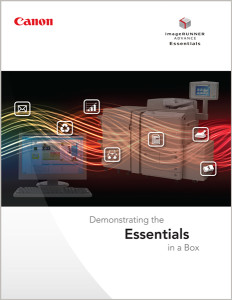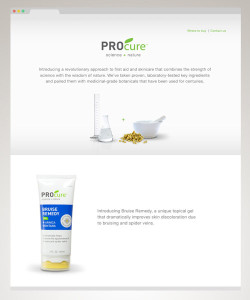
When you engage a designer, the aim isn’t just to “make things look better.” You need a solution to a problem. Well, you probably need many solutions to many problems. But, a great way to do this is to generate design concepts.
Design seems easy, right? You know what looks good. Graphic design surrounds us all day. It doesn’t need to be explained.
But to generate design concepts, you’ll want a professional or team that can execute work to help bring your customers closer to your brand, products, and solutions.
Web and mobile app design need to factor aspects of user experience such as branding, navigation, content organization, search engine optimization and more.
Development usually follows from content and web design decisions, but might be more concerned with coding, technologies, IT administration, and the content management system.
“You should also know from where your target audience is coming. Smartphones and tablets have changed the game, meaning mobile optimization is more important than ever before.” —Ilya Pozin
Generate Design Concepts Like This:
Optimal design for any given product or business will usually reflect core values and communicate the tone.
When you set out to create compelling visuals for your project, it’s useful as a first step to generate design concepts as a foundation for exploration. I highly recommend free-associating a list of words, letters, and shapes related to the product’s main challenges and solutions.
“A good design begins with good design concepts. You’re trying to solve a problem and your concept will lead the way and give you direction for your design decisions.“ —Steven Bradley
We find that “blue sky” brainstorming sessions where both we and the client team can create ideas surrounding the product generate a number of visual concepts to focus on. Other times, it helps to focus on core ideas and related challenges since we’re not as close to it as clients are. In either case, you want to let creativity run rampant before you rein it in.

Try not to rule much out at this stage, because you never know what might end up having merit or leading to that GREAT IDEA. When your team and our creatives have room to operate in this frame of mind, good things tend to come from it.
“Let ideas breathe. Give wacky ideas the chance to become great ideas.”
Once you have a handful of concepts worth exploring, a designer can really go to work. They might assemble simple shapes together with type onto “mood boards.” Or if a more fully-formed idea comes to mind, they might run with it and create more detailed design comps.
“The more information you have the better you’ll be able to create different concepts for the design.” —Steven Bradley
Either way, an experienced designer can work closely with your team to generate design concepts that will make decisions easier for you.
Get Your Free Business Writing eBook Now
Need to move forward on a difficult writing project? This practical guide will help you get started. Send a link directly to my inbox:
Sources may include:
Getting Started, Inclusive Design Toolkit
Thoughts on Developing A Design Concept, Steven Bradley, Vanseo Design
How to Create Design Concepts in Rapid Fashion, Tom Osborne, Viget
Developing Ideas and Design Concepts, Craig Smallish, Lynda.com




